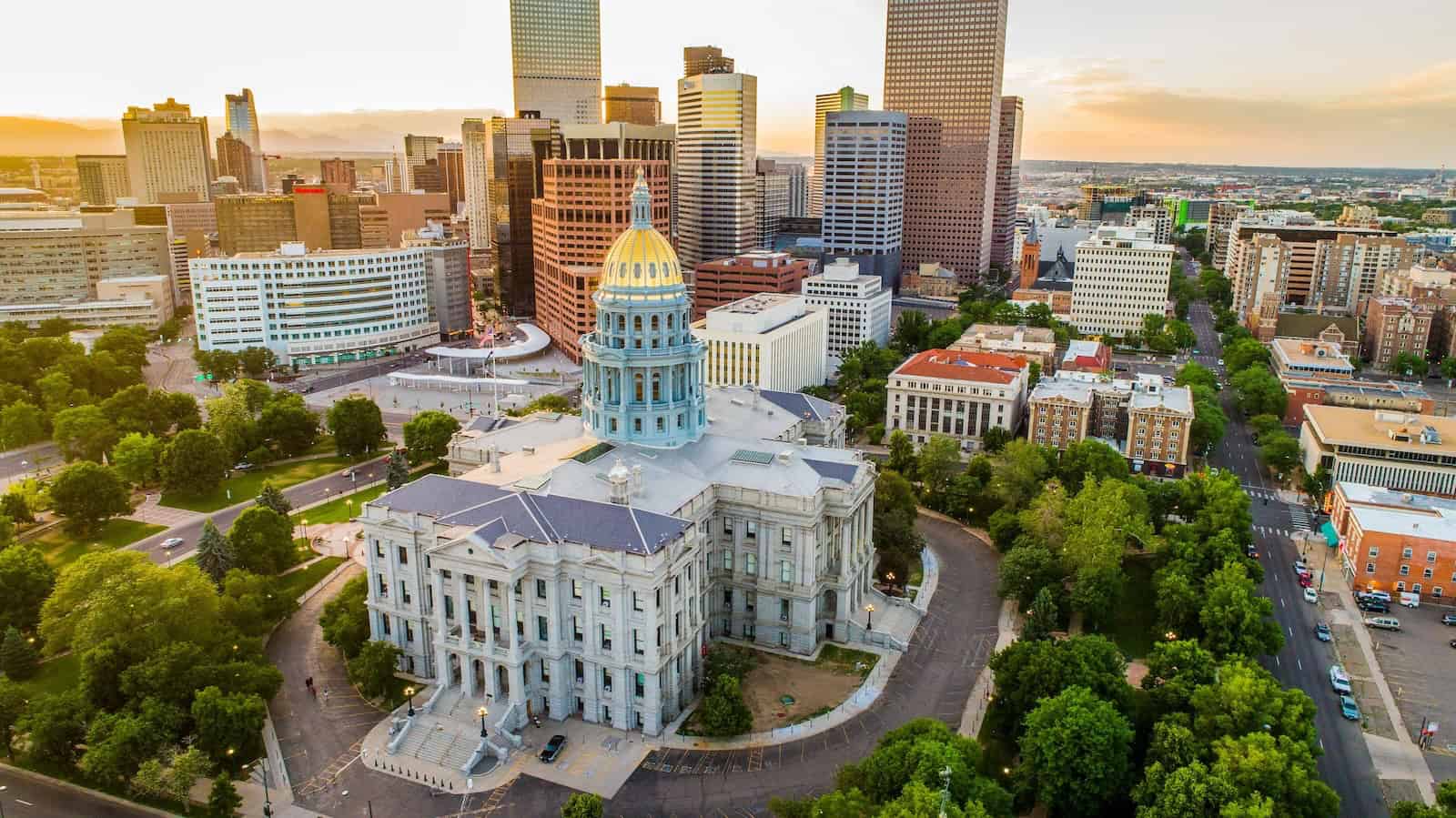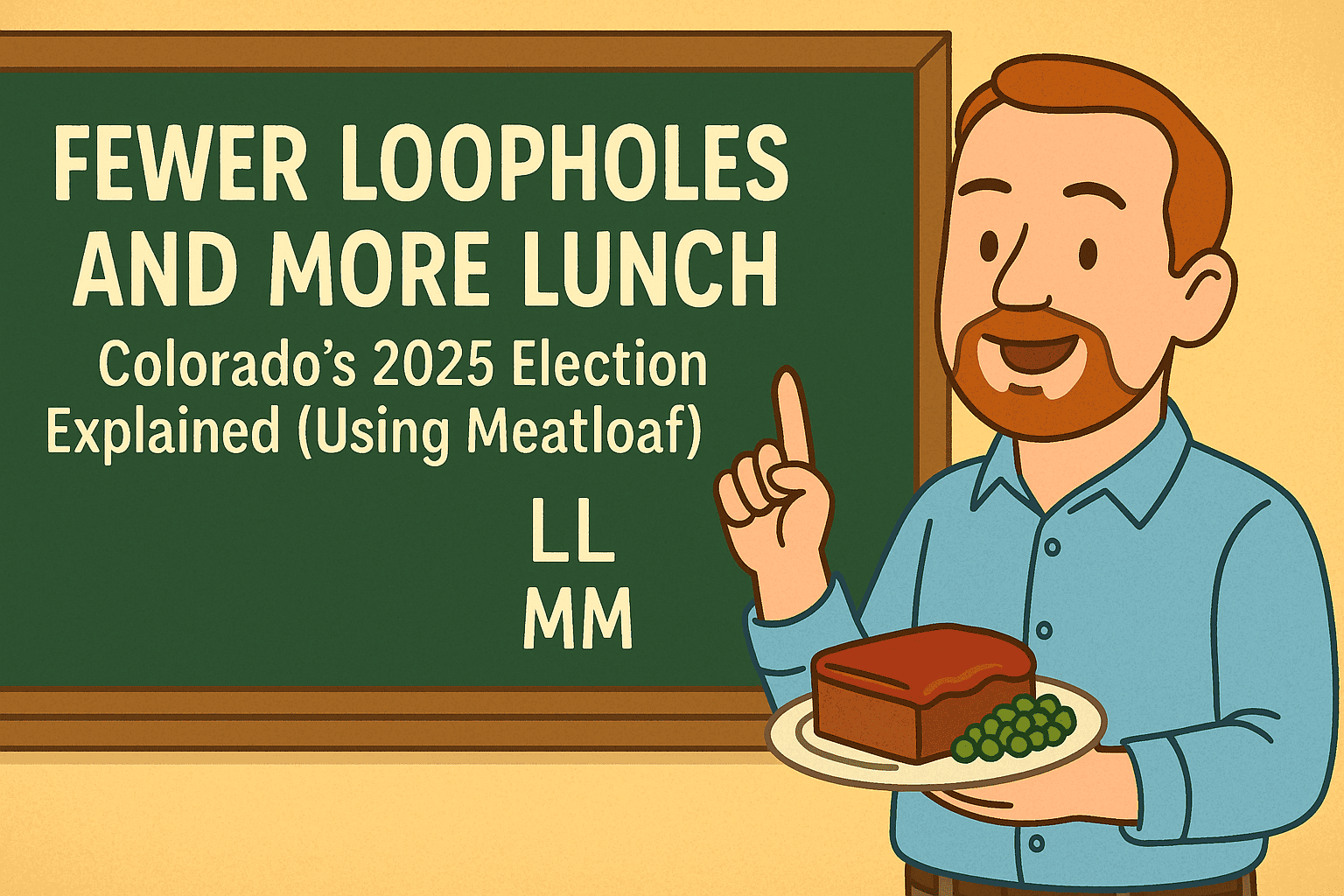


Picture this, a group of 12 or so people standing in a circle amongst tall Colorado pine trees, all of us wearing hard hats and long sleeves in 94-degree weather, nodding along like we understood log compression and tension.
I was attending the first of a two-day workshop to gain my certification to become a sawyer—a trained individual who enters the wilderness equipped with personal protective gear, knowledge of tree physics, and a saw the size of a canoe—in order to clear fallen trees blocking our hiking paths in Colorado. The workshop was organized by Forest Service workers, and training outdoor enthusiasts like me—especially those without prior experience—to maintain trails is just one of the many things the federal agency does.
The certification would help me clear trees in my adopted section of the 486-mile Colorado Trail, but my bow saw was no match. I needed some more training, and more importantly,a much bigger hand saw.
Why not use a chainsaw?
Because my section is in a designated Wilderness Area in which mechanized items like chainsaws, bicycles and anything that remotely resembles a jet ski aren’t allowed thanks to the Wilderness Act of 1964. The federal act famously defines wilderness as a place that “has outstanding opportunities for solitude.”
Colorado is home to 44 federally designated wilderness areas, encompassing over 3.5 million acres of protected land. These areas are managed by various federal agencies, including the U.S. Forest Service, National Park Service, and Bureau of Land Management.
These are the same agencies that have been the targets of budget cuts and worker layoffs as the Trump administration implements a large-scale reduction in the federal workforce. These cuts will weaken wildfire prevention, which is a big deal in Colorado, where “fire season” is practically all the time now.
Federal cuts will also reduce the maintenance of campgrounds, parks and trails. Colorado’s trails run on seasonal workers. People can’t grasp how much work it takes to keep trails clear of fallen trees each year. Last spring I removed 24 separate downed trees, which, I learned, tend to fall in a very strategic pattern: directly across the trail, and always the diameter of a hot tub, from a mere five miles of trail. That was just from one winter.
Next time you’re out enjoying one of Colorado’s majestic trails—possibly while being judged by a marmot—take a moment to notice how many trees just off the trail have been sawed clean through. They are the remains of logs that once blocked the path and would have required you to climb over them like a clumsy mountain goat. Instead, thanks to the efforts of workers from the Forest Service and other federal agencies, you now get to walk smoothly through the woods without performing log-based limbo.
In addition to wilderness areas, Colorado is home to four spectacular national parks: Rocky Mountain, Mesa Verde, Great Sand Dunes, and Black Canyon of the Gunnison. These parks are not just beautiful places where you can try to take selfies with a moose, they are also critical to Colorado’s economy. Seven million visitors a year pour into Colorado’s national parks to admire the scenery, hike the trails, and attempt to feed granola bars to animals that could gore them. Rocky Mountain National Park was America’s fifth-most visited national park in 2024. This tourist tsunami is great news for local businesses, especially in gateway towns like Estes Park, where the economy runs on elk jams and souvenir fudge.
Our outdoors and wilderness areas are a way of life in Colorado. As we celebrate Earth Day on April 22 by admiring our outdoor spaces, raising some awareness about conservation, we should also ask, “Why are we balancing the federal budget like it’s a game of Monopoly played by a sleep-deprived raccoon?” We don’t need to cut jobs and programs that support our trails and parks to extend tax cuts to billionaires.
Chris Stiffler
Senior Economist and Author of “Trail Headspace; Finding My Best Self on the Colorado Trail“



Colorado Fiscal Institute © 2011-2025. All Rights Reserved. Privacy Policy